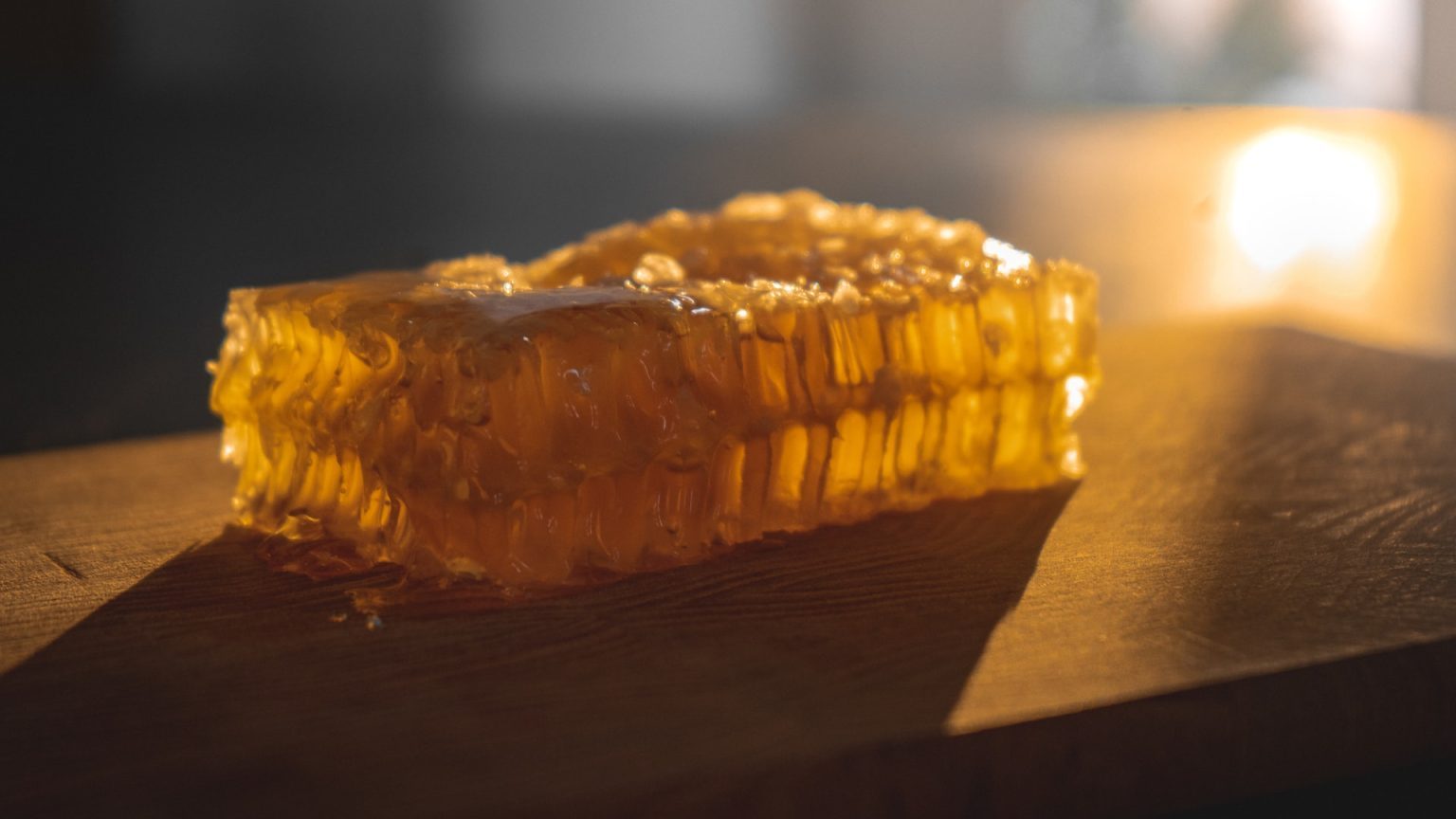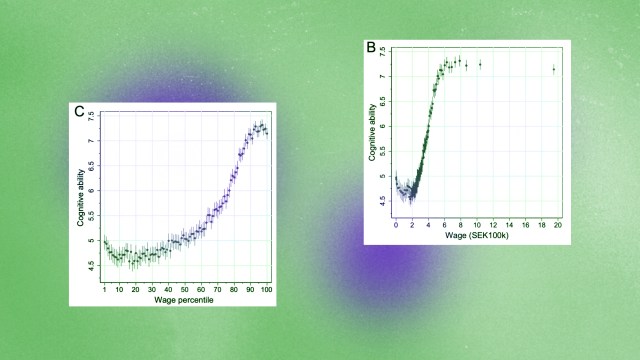What is the protein of the future?

Over the past few years, media coverage has emphasized the need for most people to eat less meat — both for their own health, and to reduce the burden that our food system places on the environment. This sounds like a simple message. But the best solution for the perfect future diet is more complicated than it may first seem. Meat and milk contain important nutritional factors, and many consumers love their taste.
So, what will we eat in the future?
I’m the executive director of the North Carolina Food Innovation Lab, which is funded by the North Carolina state legislature and works with food processing companies to develop and scale up plant-based foods. One of our focus areas is helping companies fine-tune alternative protein products — things like plant-based burgers — in our pilot plant, and bring them to market. For example, we helped to develop Nowadays chicken nuggets and Memore, a powder focused on cognitive health.
Thanks to my job, I can see that foods like these have the potential to play a huge role in a nutritious, sustainable future diet for humanity. I can also see how much room there is for improvement.
Global demand for protein will be a challenge in the 21st century. Alongside an expected boom in world population to 10 billion people by 2100, we will see an increase in affluent populations that desire and can afford high-protein foods. This will put the pressure on for more sustainable protein production.
Thanks to my job, I can see that foods like these have the potential to play a huge role in a nutritious, sustainable future diet for humanity. I can also see how much room there is for improvement.
Global demand for protein will be a challenge in the 21st century. Alongside an expected boom in world population to 10 billion people by 2100, we will see an increase in affluent populations that desire and can afford high-protein foods. This will put the pressure on for more sustainable protein production.
Meat is an excellent protein source, providing a full range of all the essential amino acids that people need. Red meats provide iron and vitamin B12 to protect against anemia. Egg proteins provide amino acids with antioxidant properties, which might help fight all kinds of conditions, including vascular disease, cancer and Alzheimer’s. And while some skeptics have questioned the value of cow’s milk and dairy products in recent years, studies show that they help with growth and bone density and may even protect against some cancers; infants and children who are given only plant-based alternatives, such as almond milk, can suffer from nutritional deficiencies and health problems like kidney stones. Of course, eating too much red meat can have negative effects such as high cholesterol. And the creation of animal-based food products uses a lot of land, water and energy per calorie, putting a heavy burden on the planet.
Plants are less burdensome on the environment (although they can still have a big impact). But to get the recommended daily intake of essential amino acids and nutrients from plants, people need to eat a wide range of foods — from beans and lentils to peas, leafy greens and more. That can sometimes be challenging.
In order to satisfy people’s desire for meat, while balancing dietary needs and reducing environmental burdens, alternative protein sources that aim to mimic meat’s texture have entered the market: products such as Beyond and Impossible burger patties, made primarily from pea, rice and mung and fava bean proteins, and soy protein, respectively. These alternative proteins are a great idea, holding the potential to help shift the diet of the developed world away from over-consumption of meat. They can, for example, support flexitarianism — an increasingly popular dietary choice in which people still eat meat, but less of it.
But so far, alternative proteins are vastly underperforming. Meat consumption is thought to have declined a modest amount in the US in 2022, but Americans still eat a heck of a lot of meat, and there’s huge room for growth in alternative proteins. In 2022, the global plant-based alternative meat industry was valued at $7.9 billion, compared with the global meat market value of $1.3 trillion.
It’s a lot harder to make a good alternative protein, with desirable color, flavor and texture, than most people realize. Several dozen companies are now experimenting with ways of making alternative proteins from different sources. For the past half-century, developers have focused on soybean and wheat gluten as the main plant-based protein source. But many people don’t like the taste of soy or are concerned about consuming estrogen-like compounds; others need or want to avoid gluten.
Over the past decade or so, developer focus has shifted to pea protein: The pea protein market is currently valued at $213 million and is expected to rise to $1.14 billion by 2029. Other pulses are also gaining attention. Next up on the list will likely be chickpeas because they are milder in flavor and their concentrates have good foaming and gelling properties. And, further down the line, insects and algae such as seaweed will likely become more common protein options.
But there are huge challenges. For starters, to match high-protein meats, these products need to contain 60 percent to 80 percent protein in terms of calories. Finding the right processes to extract this much protein from algae and insects, for example, is extremely difficult. So far, the main commercial products made from insects are coarse flours or meals whose protein content often hits lower than 60 percent. Many plants, including peas and soy, have a bitter “beany” quality that people don’t like. Chemists have created flavor blockers that camouflage or hide these flavors by interacting with taste buds or blocking sites on the molecules causing off-flavors. Products also need to bind to oil or water so they hold their shape and provide the right texture. Plant-based dairy alternatives need to foam so they perform well for baristas.
There is a lot more that can be done. Several large companies are now genetically selecting or modifying plants for better protein extraction. Their goal is to get a broader spread of essential amino acids, like lysine, in quantities competitive with animal-based proteins. Global farmers, especially in the sub-Saharan African countries, could expand their acreage and yields to fill the protein supply chain. And food scientists on my team are working on improved methods to extract proteins from plants, algae and insects, and make the results taste good and feel great in the mouth. A final option is to culture meat cells in the lab, with all the nutrition of meat but fewer concerns for animal welfare and (hopefully) the environment.
Throughout, it will be a challenge to ensure these products are truly sustainable. The production of plant-based protein products certainly uses less land, but it also uses plenty of steel, water and energy — it’s hard to know if all those things are factored into environmental life-cycle analyses of proprietary products. Bühler Group, a Swiss company focused on building food processing equipment, has announced aggressive goals to cut both its energy usage and food waste in half. Other manufacturers in this industry sector will surely follow.
I believe that the future will include a lot of alternative protein products, many of them hybrids containing a mix of proteins from sources that include meat, soy, chickpeas, insects and more. I still eat meat, and I’ll continue to do so. But I also now enjoy plant-based alternatives.
Like many Americans, I want my food to be delicious, nutritious and better for the environment. There’s a lot of room for improvement in alternative proteins to meet those goals.
This article originally appeared in Knowable Magazine, a nonprofit publication dedicated to making scientific knowledge accessible to all. Sign up for Knowable Magazine’s newsletter.






